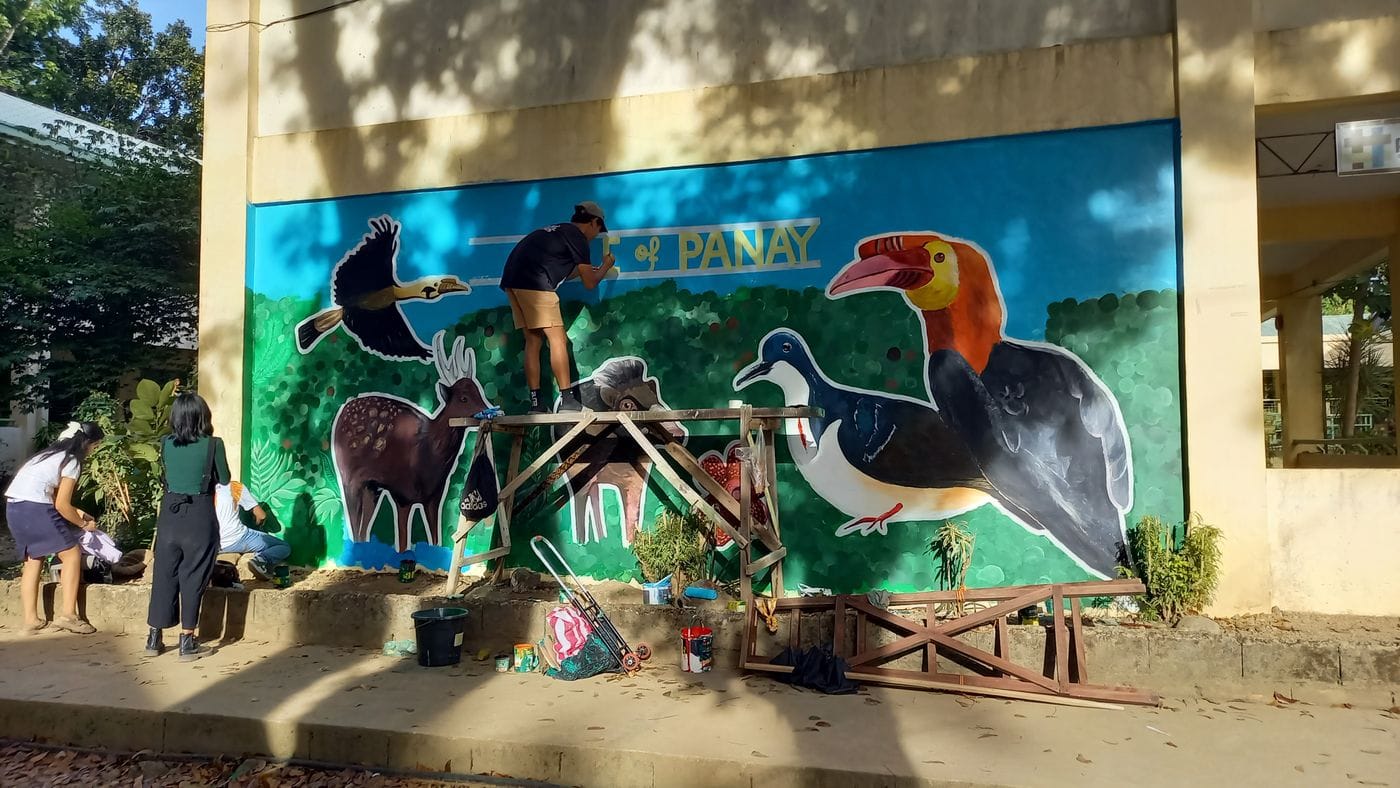
Community and livelihood success in the Philippines
Posted on: 7 May, 2025
Bristol Zoological Society, alongside in-country partner PhilinCon (Philippine Initiative for Conservation of Environment and the People), has been working on a three-year project based in Northwest Panay Peninsula, the Philippines, funded by the UK government’s Darwin Initiative.
The aim of the project was to investigate illegal hunting activities which put endemic and endangered species like the Visayan warty pig and Negros bleeding-heart dove at risk.

Over the past year, we have conducted an education and engagement campaign within eight communities surrounding the Northwest Panay Peninsula Natural Park. The project has worked with these communities to support livelihood diversification to alleviate poverty and promote biodiversity recovery. The campaign hopes to reduce illegal hunting in the area and empower the community to make environmentally conscious decisions through education and social marketing techniques.

The team has been successful in engaging communities with the activities and campaign materials, the most recent event being a ‘Walk for Wildlife’, a five-day hike around the Natural Park’s perimeter in celebration of World Wildlife Day. Along the route, the project team were joined by various stakeholders, including representatives from the Philippines Department of Environment and Natural Resources, members of our eight focal communities, students from local high schools, and many other volunteers and Darwin project team members. Along the route, the team stopped at five high schools to play wildlife-themed games and encourage students to get creative with colourful murals that will remain surrounding the park once the project ceases. These will act as a legacy to the hard work and commitment of the in-country campaign team and the communities involved.
 Other campaign materials that have been distributed throughout the communities include public posters and calendars for personal use. Posters were designed based on wildlife perception data collected in the second year of the project, to address drivers of hunting and negative attitudes towards species. The posters included messages to highlight the importance of the Natural Park for conserving the Negros bleeding-heart dove, the least well-known local species, and to educate on the risks of eating wild meat, which was falsely believed to be both safe and nutritious. These materials will remain in the community following the project's end as reminders of key campaign information.
Other campaign materials that have been distributed throughout the communities include public posters and calendars for personal use. Posters were designed based on wildlife perception data collected in the second year of the project, to address drivers of hunting and negative attitudes towards species. The posters included messages to highlight the importance of the Natural Park for conserving the Negros bleeding-heart dove, the least well-known local species, and to educate on the risks of eating wild meat, which was falsely believed to be both safe and nutritious. These materials will remain in the community following the project's end as reminders of key campaign information.
 Other activities included several basketball tournaments where teams competed for a wildlife-themed trophy, with encouragement from the campaign’s warty pig mascot. Teams represented charismatic, vulnerable and some already locally extinct species, like the Philippine spotted deer. The tournaments allowed the project team to interact and share educational materials with young men, the key group who are likely to participate in hunting activities.
Other activities included several basketball tournaments where teams competed for a wildlife-themed trophy, with encouragement from the campaign’s warty pig mascot. Teams represented charismatic, vulnerable and some already locally extinct species, like the Philippine spotted deer. The tournaments allowed the project team to interact and share educational materials with young men, the key group who are likely to participate in hunting activities.
 It is hoped that the campaign has instilled pride for species like the warty pig, to illicit a reduction in illegal hunting and a desire to protect the ecosystem. Data analysis from perception and wellbeing surveys to determine project success is currently underway. However, the overall campaign has been a fun, informative, and inclusive way of involving the communities with essential environmental work, and a positive end to this three-year project.
It is hoped that the campaign has instilled pride for species like the warty pig, to illicit a reduction in illegal hunting and a desire to protect the ecosystem. Data analysis from perception and wellbeing surveys to determine project success is currently underway. However, the overall campaign has been a fun, informative, and inclusive way of involving the communities with essential environmental work, and a positive end to this three-year project.
 This blog was authored by Carys Player, MSc Conservation Leadership student, UWE.
This blog was authored by Carys Player, MSc Conservation Leadership student, UWE.
Find out more information about our different conservation projects in the Philippines below.

